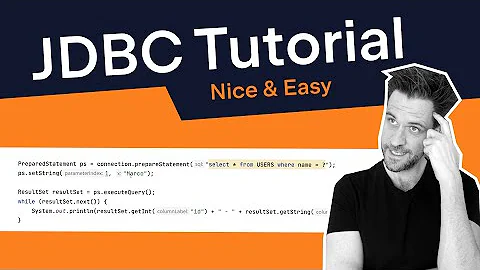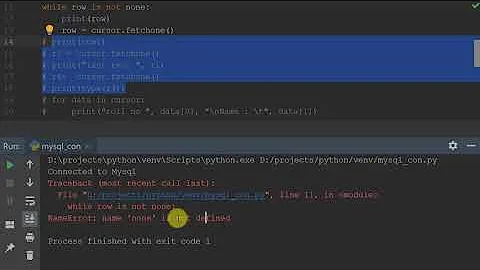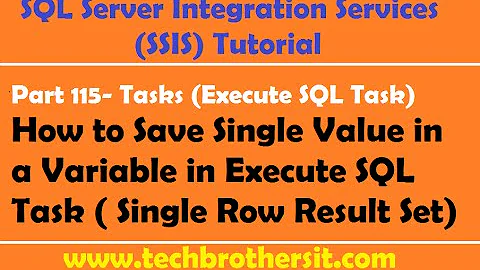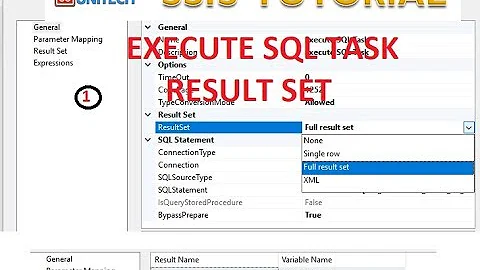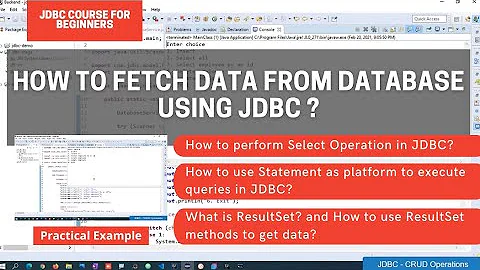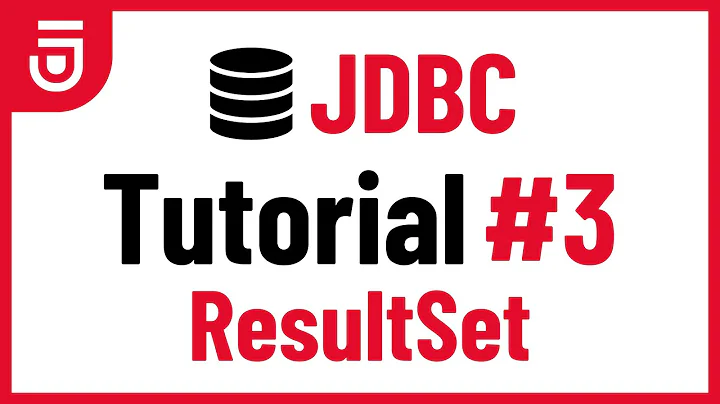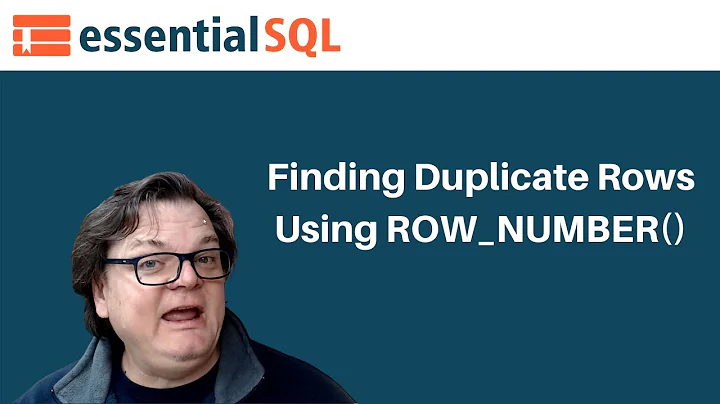How to check if resultset has one row or more?
Solution 1
ResultSet rs = stmt.executeQuery("SELECT a, b, c FROM Table1");
boolean isMoreThanOneRow = rs.first() && rs.next();
You didn't ask this one, but you may need it:
boolean isEmpty = ! rs.first();
Normally, we don't need the row count because we use a WHILE loop to iterate through the result set instead of a FOR loop:
ResultSet rs = stmt.executeQuery("SELECT a, b, c FROM Table1");
while (rs.next()) {
// retrieve and print the values for the current row
int i = rs.getInt("a");
String s = rs.getString("b");
float f = rs.getFloat("c");
System.out.println("ROW = " + i + " " + s + " " + f);
}
However, in some cases, you might want to window the results, and you need the record count ahead of time to display to the user something like Row 1 to 10 of 100. You can do a separate query with SELECT COUNT(*) first, to get the record count, but note that the count is only approximate, since rows can be added or removed between the time it takes to execute the two queries.
Sample from ResultSet Overview
Solution 2
If you want to make sure that there is exactly one row, you can ensure that the first row is the last:
ResultSet rs = stmt.executeQuery("SELECT a FROM Table1 WHERE b=10");
if (rs.isBeforeFirst() && rs.next() && rs.isFirst() && rs.isLast()) {
// Logic for where there's exactly 1 row
Long valA = rs.getLong("a");
// ...
}
else {
// More that one row or 0 rows returned.
// ..
}
Solution 3
There are many options, and since you don't provide more context the only thing left is to guess. My answers are sorted by complexity and performance ascending order.
- Just run
select count(1) FROM ...and get the answer. You'd have to run another query that actually selects and returns the data. - Iterate with
rs.next()and count until you're happy. Then if you still need the actual data re-run same query. - If your driver supports backwards iteration, go for
rs.next()couple of times and then rewind back withrs.previous().
Solution 4
You don't need JDBC for this. The normal idiom is to collect all results in a collection and make use of the collection methods, such as List#size().
List<Item> items = itemDAO.list();
if (items.isEmpty()) {
// It is empty!
if (items.size() == 1) {
// It has only one row!
} else {
// It has more than one row!
}
where the list() method look like something:
public List<Item> list() throws SQLException {
Connection connection = null;
Statement statement = null;
ResultSet resultSet = null;
List<Item> items = new ArrayList<Item>();
try {
connection = database.getConnection();
statement = connection.createStatement();
resultSet = statement.executeQuery(SQL_LIST);
while (resultSet.next()) {
Item item = new Item();
item.setId(resultSet.getLong("id"));
item.setName(resultSet.getString("name"));
// ...
items.add(item);
}
} finally {
if (resultSet != null) try { resultSet.close(); } catch (SQLException logOrIgnore) {}
if (statement != null) try { statement.close(); } catch (SQLException logOrIgnore) {}
if (connection != null) try { connection.close(); } catch (SQLException logOrIgnore) {}
}
return items;
}
Related videos on Youtube
TopCoder
Updated on June 15, 2020Comments
-
TopCoder almost 4 years
How to check if resultset has one row or more with JDBC?
-
Thirler about 14 yearsThis is indeed something that is missing in JDBC, reason for this is that not all database system support getting the size of the resultset in advance (because results aren't prefetched). Unfortunately this means you can not easily use those features in databases that do support it, such as MySQL.
-
rogerdpack over 9 yearspossible duplicate of Java ResultSet how to check if there are any results
-
-
Marcus Adams about 14 yearsIf your driver doesn't support backwards iteration,
first()usually works to start over. -
mindas about 14 yearsThis doesn't scale very well. What if the result set has millions of rows?
-
BalusC about 14 years@mindas: It would then already make no sense to
SELECT * FROM tablethem. You needSELECT COUNT(*) FROM tablethen. JDBC is simply not the right tool for this particular purpose and that's exactly the reason a fictiveResultSet#size()method doesn't exist in JDBC. -
mindas about 14 yearsOriginal question have never said it is doing
SELECT * FROM tableneither I have suggested that. Original question hasn't got an assumption that all data is actually necessary, too. -
BalusC about 14 years@mindas: Either way, there's still no reason to do this using JDBC. Either use SQL to select the rowcount, or use collection methods to get the result size.
-
bluish over 12 years-1 ResultSetMetaData has nothing to do with row count.. rsmd.getColumnCount() gives you the number of columns of your resultset
-
Vodo-Siosk Baas about 8 yearsthe isMoreThanOneRow give me the error, The requested operation is not supported on forward only result sets.
-
Marcus Adams about 8 years@Vodo-SioskBaas, you need to do that right after the
executeQuerystatement, so that thefirst()doesn't need to rewind or change your cursor so that it can rewind. -
 amer almost 3 yearsThis will not work since
amer almost 3 yearsThis will not work sincers.next()will already skip to the next resultSet and it will give you the wrong data. I tested it on the join clause and it cuts out one element


